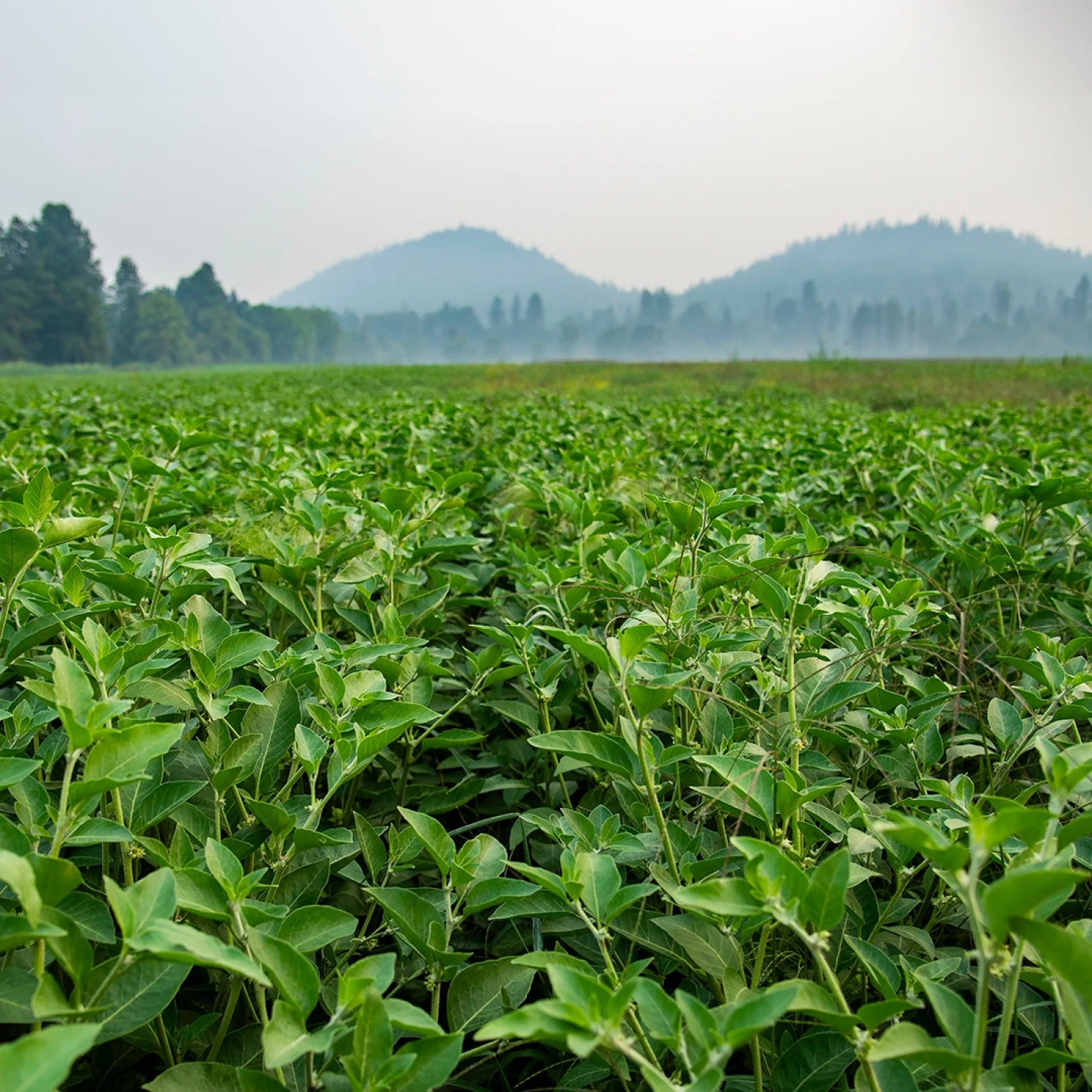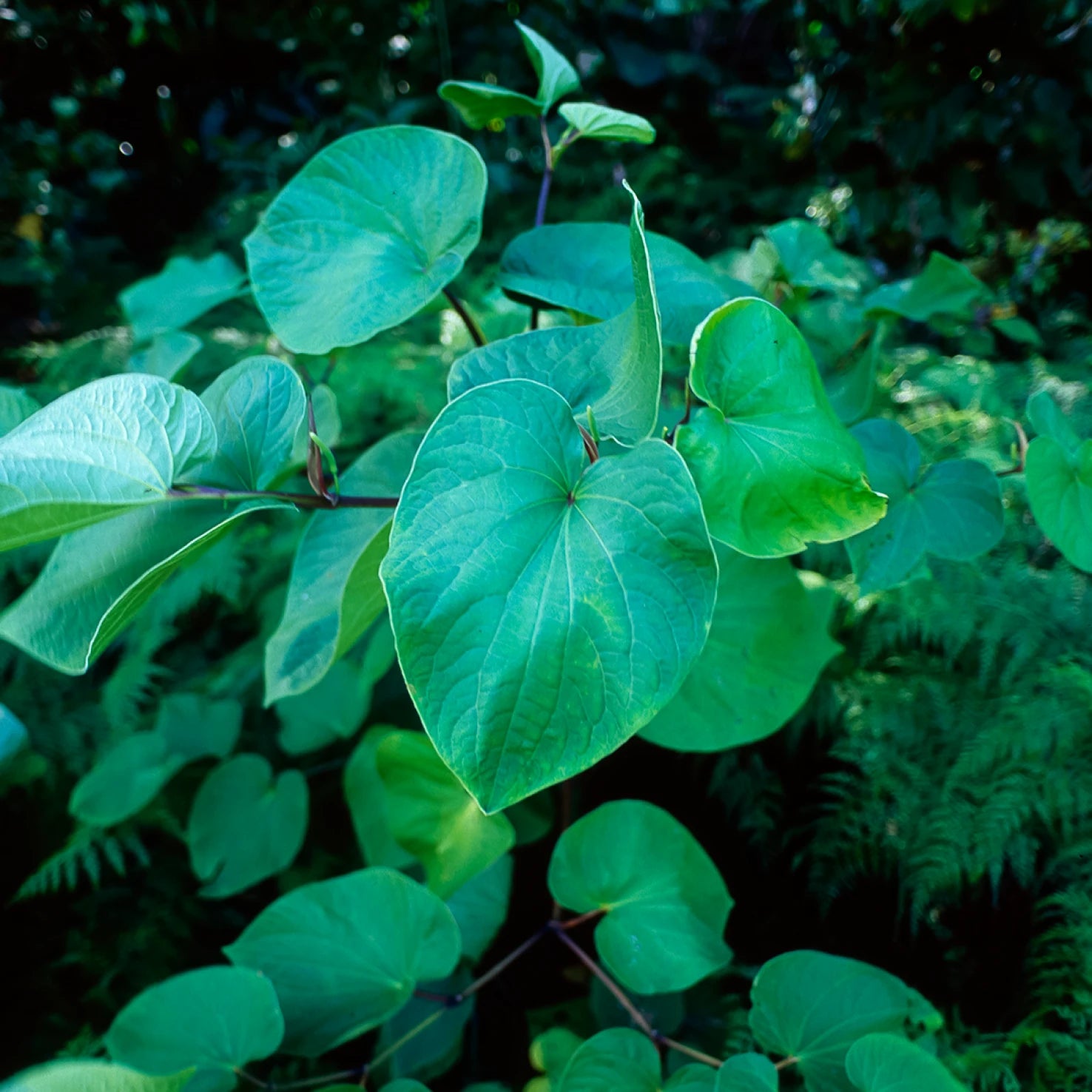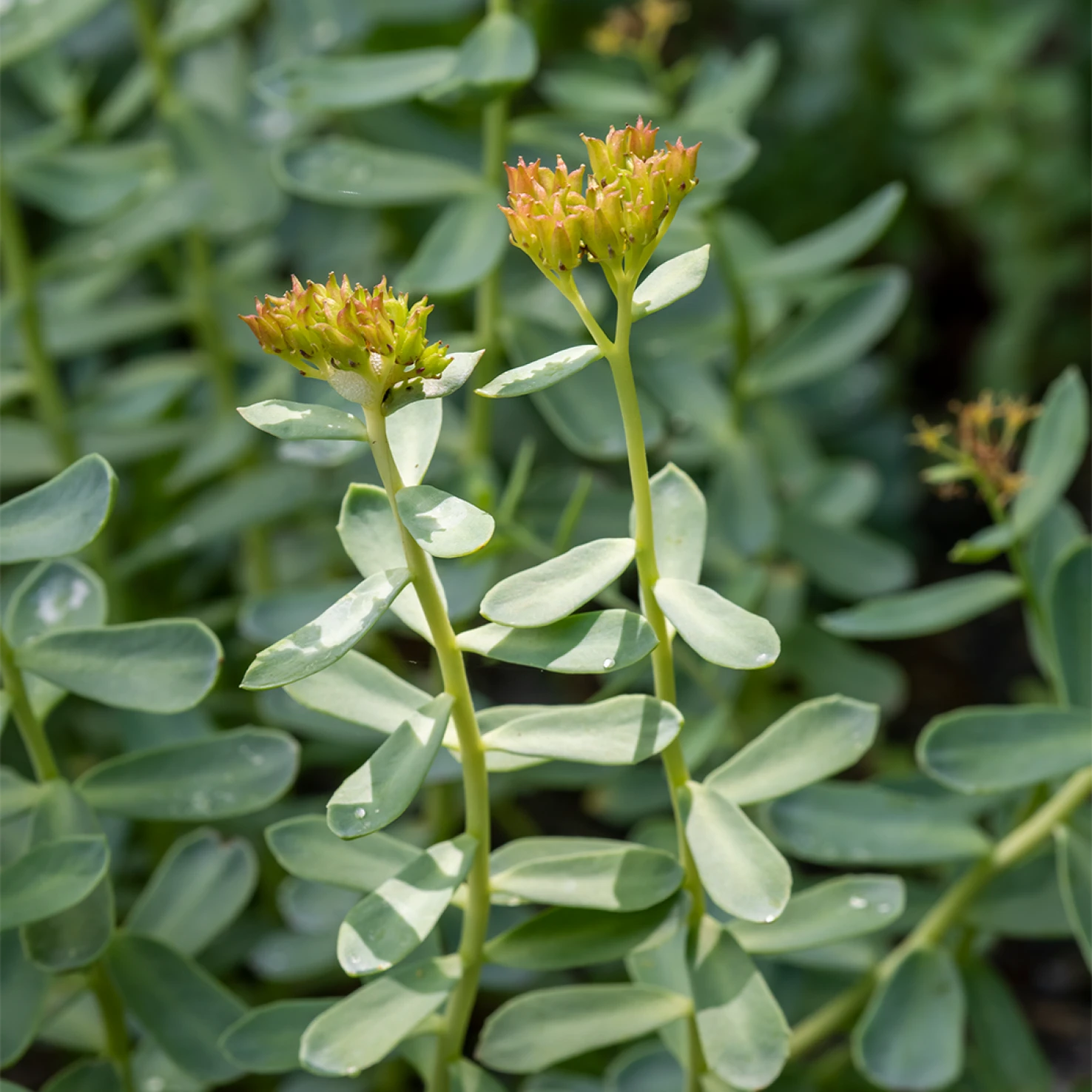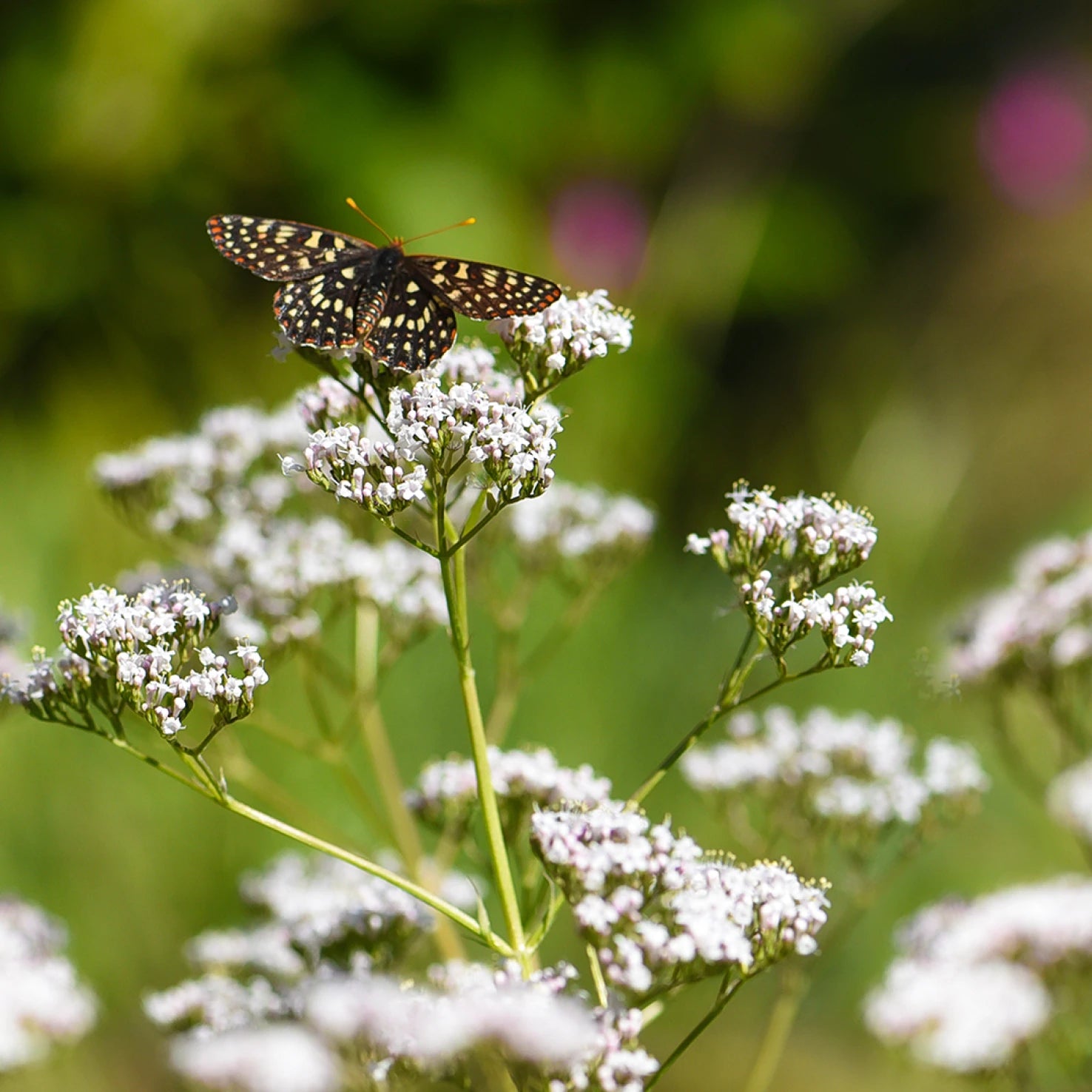You are about to leave the Herb Pharm website. The website will open in a new browser window.
Please select "OK" to continue to the website, or close this box to return to Herb-Pharm.com.
Herbal KnowledgeApr 29, 2024
This year marks the 18th annual National Herb Day! This holiday occurs on the first Saturday in May, and was created by the HerbDay Coalition, a group that consists of The American Botanical Council, United Plant Savers, the American Herbal Products Association, the American Pharmacopoeia, and the American Herbalists Guild. This day is an international celebration of herbs and all of the joy they bring into our daily lives. We think one of the best ways to honor herbs is by helping others learn.
Get to know these 5 herbs, from where they natively grow to why they’re so loved in herbalism. By the end, we hope you’ll be excited to add to your wellness rituals!
There’s no doubt you’ve seen Ashwagandha all over social media in the last year! Currently, it’s a very popular herb here in the West – it’s consistently on our best-sellers list. And while it’s a rising star here, it’s been commonly used in Ayurveda (the traditional system of herbalism in India) for over 3,000 years.

Ashwagandha is a perennial, short shrub that’s indigenous to India, as well as additional Asian countries, and parts of Africa. It has also been naturalized to southeastern Europe, the Mediterranean, and Middle East. We also grow it on our own Regenerative Organic Certified® farms. Ashwagandha is in the Nightshade family, which means it’s related to Tomatoes, Potatoes, Peppers, and Eggplants.
Ashwagandha is an adaptogen that’s traditionally used to promote a balanced response to stress. It also provides traditional support for vitality and calm energy. You can find it in our Herbs on the Go: Daily Calming Spray™, Herbs on the Go: Daily Stress Balance™, and Good Mood™. It’s also available in single herb form, as both Ashwagandha extract and Ashwagandha, Alcohol-Free.*
Kava is another herb that’s a consistent best-seller, but how much do you know about its history? Kava has been consumed across the South Pacific for more than 3,000 years. This fascinating plant is native to islands including Fiji, Samoa, Tonga, Vanuatu, Papua New Guinea, and Hawaii. The Kava we use is grown and harvested in Vanuatu.

Traditionally, Kava is used as a ceremonial beverage, usually in a group. Indigenous communities in Vanuatu prepared Kava by chewing the roots, then mixing the pulp with water, and filtering it through coconut fiber.
Drinking Kava together is a way to help keep the peace. After all, Kava promotes relaxation, reduces stress and frustration, and provides support for mild, occasional anxiety. We offer Kava in a variety of formats and formulas. You can try Kava liquid herbal extract or Kava capsules. It’s also found in our Anxiety Soother™: Lavender, Anxiety Soother™: Holy Basil, Anxiety Soother™: Orange, and Herbs on the Go: Anxious Moment™.*
Mullein is a truly fascinating plant. If you look out at a field of Mullein on our Regenerative Organic Certified® farms, it’s quite a sight! Thanks to their strong taproots, Mullein plants can grow as tall as Cornstalks (taller than most adults!) and survive extreme weather conditions. Mullein has vibrant yellow flowers and wooly, mucilaginous leaves – both are the primary plant parts used in herbalism.

The first recorded use of Mullein was in ancient Greece, but it was also widely used in Native American herbalism. Mullein has the common names Aaron’s Rod, Flannel Leaf, and Bunny Ears. The leaves of this plant are so soft, you can see where the last two names come from!
We offer a few different Mullein products at Herb Pharm. Our Mullein Blend is traditionally used to support the respiratory system. It’s also traditionally used as a soothing lung expectorant. We also have Kids Cough Crusader™, which offers traditional support for the respiratory system as well.*
And for those who are interested in topicals, Mullein is an ingredient in our Herb Pharm Original Salve™ , Mullein Garlic Oil, and Kids Mullein Garlic Oil.
Rhodiola is an adaptogenic herb we’re excited to see growing in popularity. This hardy plant is native to some of the coldest, harshest regions on the planet. The plant’s growth range is within circumpolar and arctic regions in Europe, specifically Scandinavia, Asia (including Tibet and Siberia), Britain, and North America, although it is believed to have originated in southwest China and the Himalayas. In addition to having bitterly cold weather, the terrain in these areas is also mountainous with tough, stony soil. Amazingly, Rhodiola thrives there!*

Rhodiola looks like a succulent, has humble flowers, and grows low to the ground. The power of Rhodiola is truly in its strong roots. Those roots, which have a lovely Rose aroma, are the plant part that’s used in herbalism. However, at one time, people also ate the raw or cooked young leaves and shoots of Rhodiola. Rhodiola stems were also cooked like Asparagus!
In herbalism, you might use Rhodiola to promote energy, endurance, and stamina. It’s an energizing adaptogen that also promotes a balanced stress response. You’ll find Rhodiola in products like Herbs on the Go: Daily Stress Balance™, Herbs on the Go: Everyday Focus™, Stress Manager™, and both Rhodiola extract and Rhodiola, Alcohol-Free.*
Valerian is one of the many plants we grow on our Regenerative Organic Certified® farm, and let us tell you, when it comes to harvest time, the aroma of this plant can be polarizing. People either love it or really don’t! Fresh-cut Valerian roots have a unique scent that can’t be missed, and it only gets more potent once bruised.

Valerian is native to Europe and Asia, but it’s now been naturalized in North America as well. It can typically be found in meadows, scrubs, and woods. Indigenous people throughout the northern United States and Canada have used local Valerian species in diverse ways. These include: as food, in charms, in herbalism for people and horses, as a smoked plant, for incense, and in ceremonies. It’s also worth noting that cats are attracted to Valerian just like Catnip!
In terms of benefits, Valerian is a great herb to enjoy at the end of the day. It promotes relaxation and restful sleep. Valerian can be found in our Relaxing Sleep™ formula, and we offer it as a single herb in our Valerian extract and Valerian, Alcohol-Free.*
Don't forget! Check your Rewards account for coupons.
CHECKOUTYou are about to leave the Herb Pharm website. The website will open in a new browser window.
Please select "OK" to continue to the website, or close this box to return to Herb-Pharm.com.